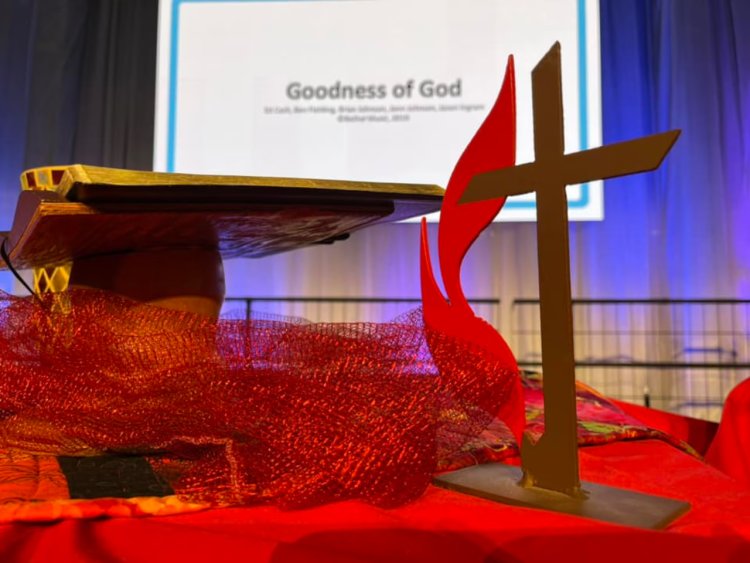United Methodist Judicial Council to Examine Church Disaffiliation Issues Raised by Alabama Congregations
Discover how Alabama churches seeking to leave the United Methodist Church face judicial challenges as the church's highest court takes up key disaffiliation issues.

The United Methodist Judicial Council, the highest court within the denomination, is set to deliberate on critical issues concerning Alabama churches that wish to disaffiliate from the United Methodist Church. This decision comes amid growing tensions over the process of church exits, especially concerning the retention of church property.
The Alabama-West Florida Conference, home to over 40 churches seeking to leave the denomination, has sparked considerable debate. These congregations have accused the conference's leadership of deliberately delaying their departure to prevent them from retaining their church properties. This delay occurred just as the rule allowing churches to leave with their property expired.
In a recent ruling, the Alabama Supreme Court determined that the churches' grievances must be addressed within the church's judicial system, rather than through state courts. This ruling has added another layer of complexity to an already contentious situation.
One notable example is Guy’s Chapel, a 114-year-old church in Bay Minette, which has taken legal action against the Alabama-West Florida Conference in its effort to disaffiliate. This case is just one of many that underscore the broader issues facing churches in the region.
The United Methodist Judicial Council has included these disaffiliation questions in its docket for the upcoming fall session. Briefs related to these cases are due by August 23, with reply briefs expected by August 28. The Council will convene in Los Angeles in October to deliberate on these matters.
This year, the General Conference of the United Methodist Church repealed Paragraph 2553, a key provision that allowed churches to disaffiliate with their property, provided they met certain financial and procedural requirements. This provision, which expired at the end of 2023, had facilitated the departure of approximately 7,600 churches—about a quarter of the denomination. Many of these churches have since joined the Global Methodist Church, a conservative breakaway denomination formed in 2022.
In Alabama, more than half of the United Methodist congregations have disaffiliated, with around 555 churches making their exit. Most of these departures have occurred since 2022, driven largely by opposition to the United Methodist Church’s evolving stance on same-sex marriage and the ordination of LGBTQ clergy.
However, the process has not been smooth for all. Some churches in the Alabama-West Florida Conference have accused the conference of deliberately stalling their disaffiliation efforts. A group of 45 churches even filed a lawsuit against the conference, claiming that the leadership tried to "run out the clock" before the disaffiliation deadline.
In response to these disputes, both the Kentucky and Alabama-West Florida Conferences have requested the Judicial Council to clarify whether other procedural options, such as those outlined in Paragraph 2549 regarding church closures, could be used to facilitate disaffiliation and property retention.
Another contentious issue is whether a church council has the authority to propose the closure of a church. Some congregations have sought to close their churches and then buy back the property, a strategy that mirrors the approach of paying an exit fee to retain ownership of church buildings.
Leadership changes are also on the horizon. Bishop Jonathan Holston will assume leadership of both the North Alabama Conference and the Alabama-West Florida Conference beginning September 1. Meanwhile, Bishop David Graves, currently leading the Alabama-West Florida Conference, will transition to oversee the Kentucky-Tennessee Conference, succeeding Bishop Bill McAlilly, who is retiring.
As the United Methodist Judicial Council prepares to address these complex issues, the outcomes could significantly impact the future of disaffiliation within the denomination, especially for Alabama churches seeking to maintain their autonomy and property.







